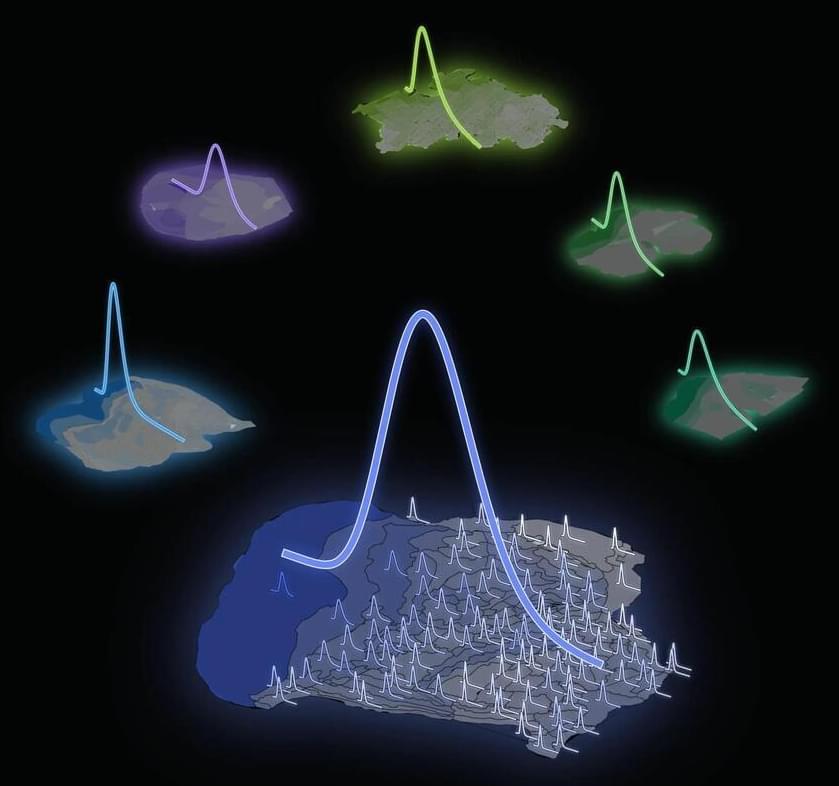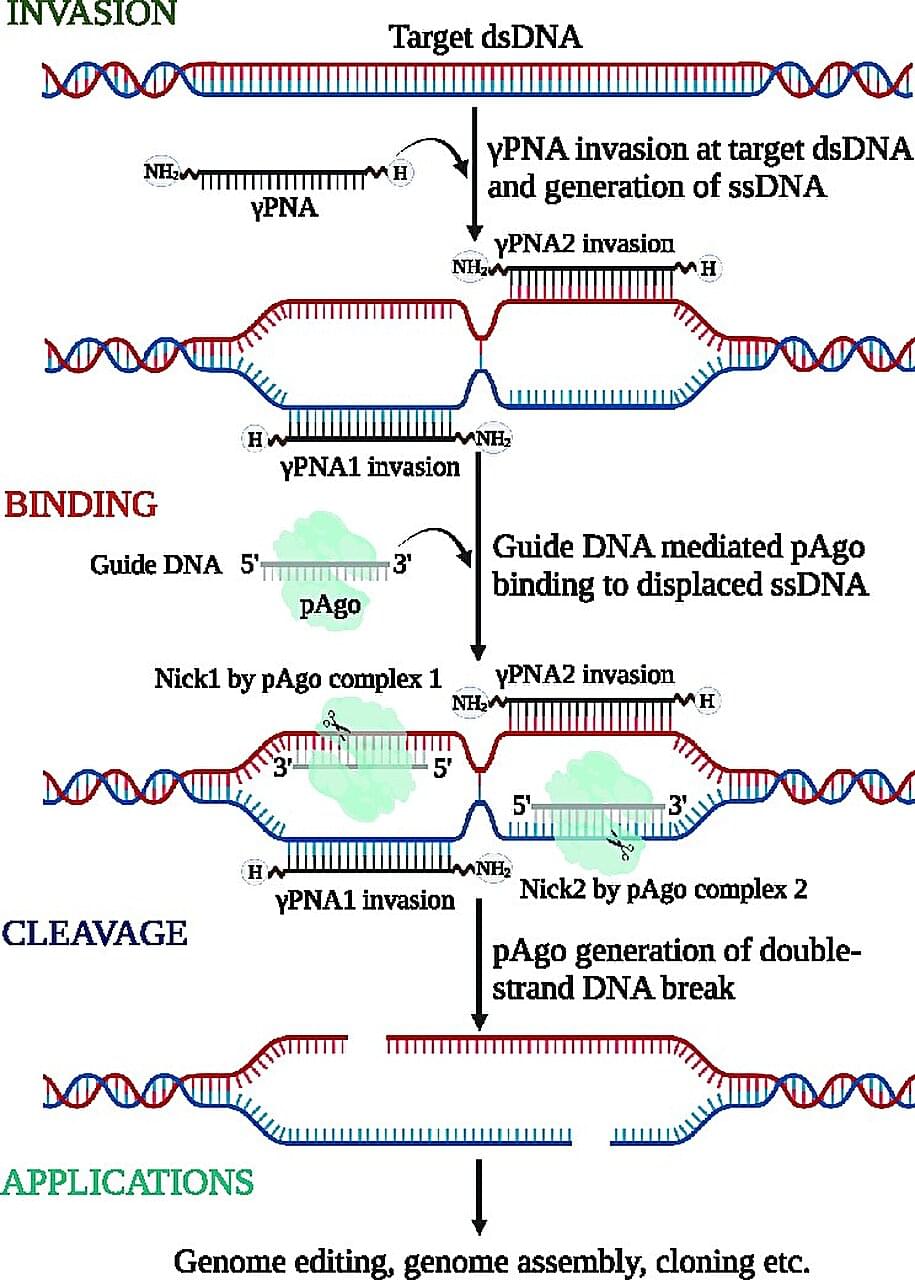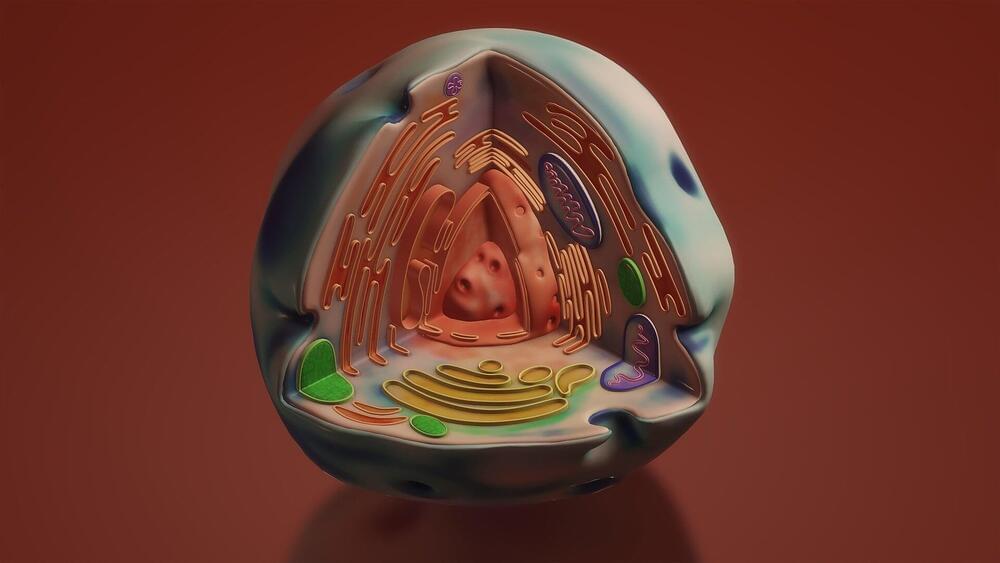
Researchers from Queen Mary University of London have made a discovery that could change our understanding of the universe. In their study published in Science Advances, they reveal, for the first time, that there is a range in which fundamental constants can vary, allowing for the viscosity needed for life processes to occur within and between living cells. This is an important piece of the puzzle in determining where these constants come from and how they impact life as we know it.
In 2020, the same team found that the viscosity of liquids is determined by fundamental physical constants, setting a limit on how runny a liquid can be. Now this result is taken into the realm of life sciences.
Fundamental physical constants shape the fabric of the universe we live in. Physical constants are quantities with a value that is generally believed to be both universal in nature and to remain unchanged over time—for example the mass of the electron. They govern nuclear reactions and can lead to the formation of molecular structures essential to life, but their origin is unknown. This research might bring scientists one step closer to determining where these constants come from.


















